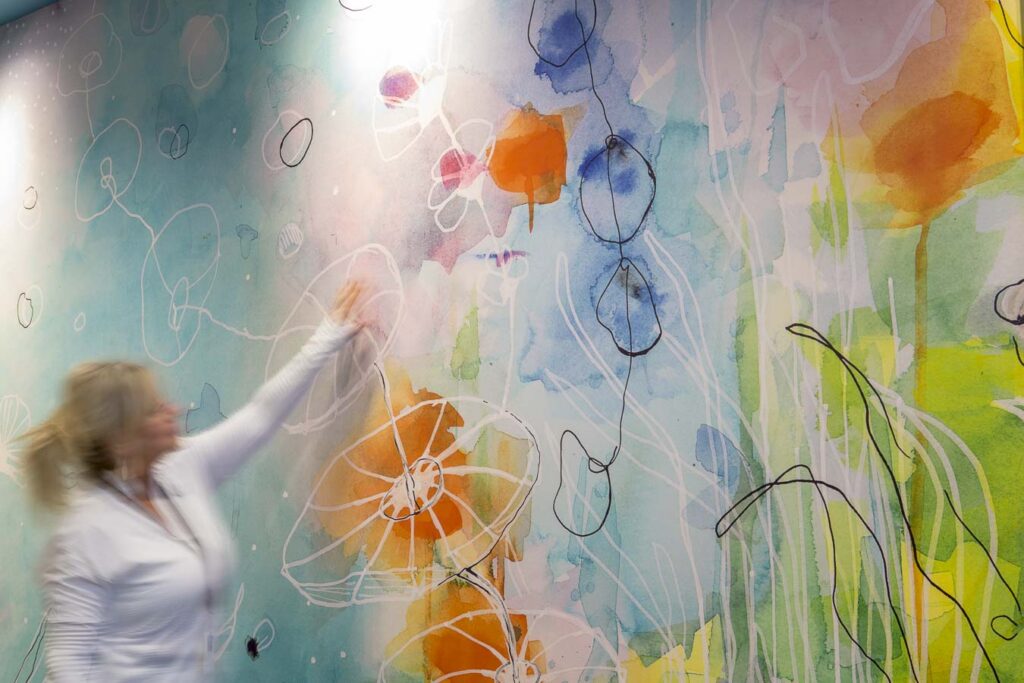
How Art Can Improve the Healthcare Environment in Australia
Artwork plays a crucial role in creating a positive and healing environment in healthcare settings. In Australia, the use of artwork in hospitals and other healthcare facilities is becoming increasingly common as healthcare professionals recognize the benefits it can provide for both patients and staff.
One of the main benefits of artwork in healthcare settings is its ability to improve patient outcomes. Studies have shown that artwork can help to reduce stress and anxiety, improve mood, and promote a sense of well-being. This can be particularly beneficial for patients with chronic illnesses or those who are recovering from surgery or other medical procedures. Artwork can also provide a sense of distraction and entertainment, helping to alleviate boredom and loneliness for patients who are confined to a hospital bed for long periods of time.
Artwork can also have a positive impact on the healing process. Research suggests that viewing nature-based artwork, such as paintings or photographs of landscapes, can have a calming effect on patients and can even help to reduce pain. The use of bright colors and abstract art can also be helpful in stimulating the mind and promoting positive emotions.

In addition to its benefits for patients, artwork can also have a positive impact on healthcare staff. Studies have shown that artwork can help to reduce stress and improve the overall morale of healthcare workers. This can be particularly beneficial for staff who are exposed to the stresses and demands of the healthcare environment on a daily basis.
Artwork can also play a role in promoting cultural diversity and inclusivity in healthcare settings. By incorporating artwork that reflects the diverse cultures of the community, hospitals and other healthcare facilities can create an inclusive and welcoming environment for patients and staff of all backgrounds.
In Australia, there are many initiatives that are promoting the use of artwork in healthcare environments. For example, the Arts in Health program run by the Ministry of Health in Victoria, provides funding for the inclusion of artwork in healthcare facilities. There are also various artist-in-residence programs, which allow artists to collaborate with healthcare professionals in order to create artwork that is specifically tailored to the needs of patients and staff.
In conclusion, the use of artwork in healthcare environments can have a significant impact on the well-being of patients and staff. The benefits of artwork include reducing stress, improving mood and promoting a sense of well-being, promoting healing, and promoting cultural diversity and inclusivity. There are many initiatives in Australia that promote the use of artwork in healthcare environments, and healthcare professionals and administrators should consider incorporating artwork in their facilities to enhance the patient and staff experience.
